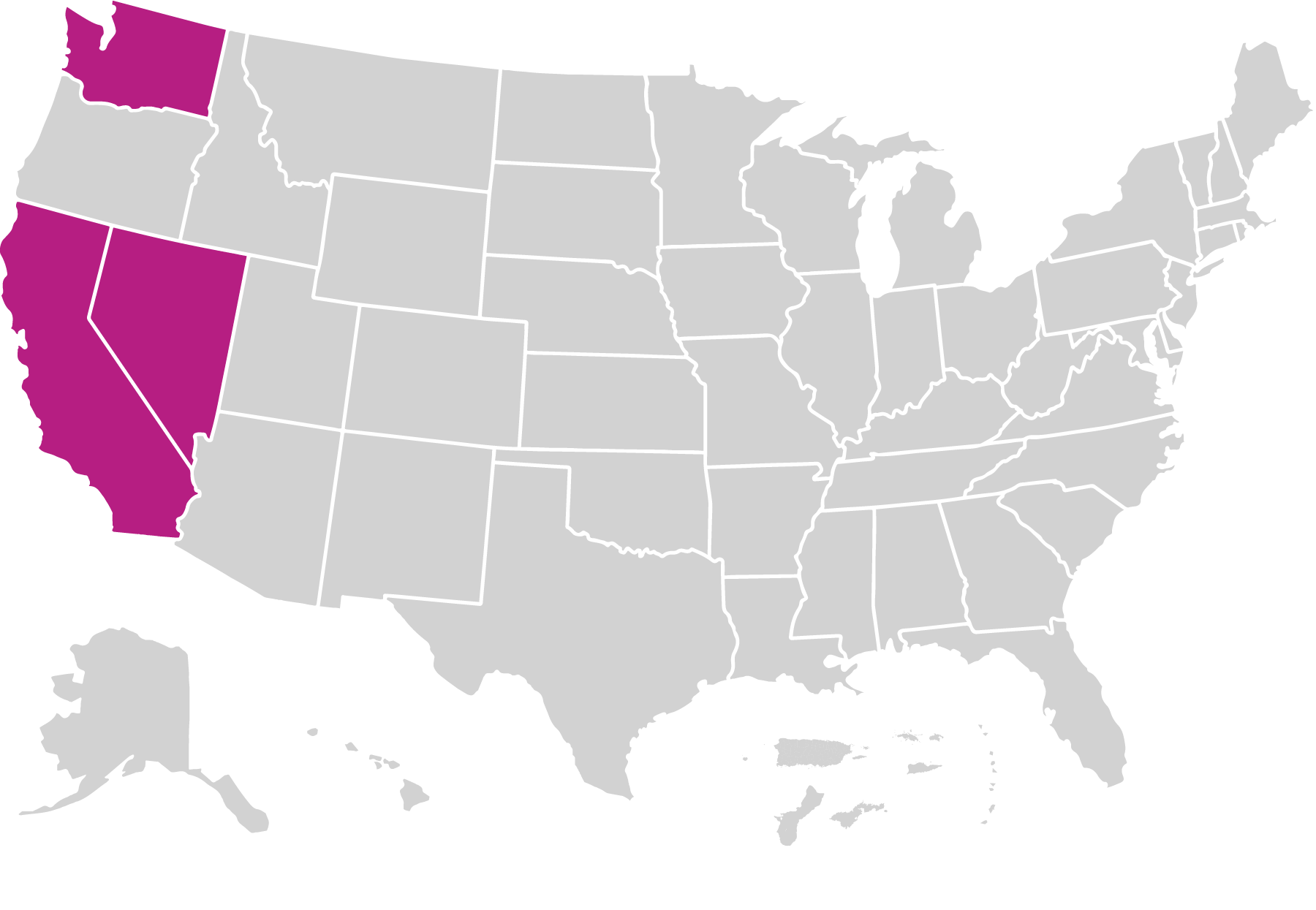Parent-Child Assistance Program
PCAP’s primary goals are to help mothers with alcohol and drug use disorders: achieve and maintain recovery from substance abuse, build healthy family lives, and prevent the births of subsequent alcohol- or drug-exposed infants. The PCAP model is based on relational theory, motivational interviewing, and harm reduction principles to build trusting relationships with mothers, help participants identify goals and take incremental steps to meet them, connect families with comprehensive community services, and enhance maternal confidence. See depts.washington.edu/pcapuw for details.
What is the model’s approach to providing home visiting services?
Home visits take place twice per month, with a higher frequency during times of family need. Services are provided for a duration of 3 years. Families may enroll until the child is 12 months old, but PCAP recommends families initiate services prenatally.
PCAP’s target population includes the following:
- Families with a history of substance abuse or in need of treatment
- Low-income families
- Expectant mothers
- Mothers ineffectively engaged with service providers
Who is implementing the model?
Home Visitors
PCAP was implemented by 87 home visitors in 2018. The model requires a bachelor’s degree for home visitors. The maximum caseload requirement for home visitors is 20 families.
Supervisors
PCAP was implemented by 15 supervisors in 2018. The model recommends at least a bachelor’s degree for supervisors.
Where is the model implemented?
PCAP operated in three states in 2018. The model also operated outside the United States and its territories in Australia and Canada in 2018.

Families Served Through Home Visiting in 2018
Race
7% American Indian/Alaska Native
* Asian
4% Black
* Native Hawaiian/Pacific Islander
62% White
22% Multiple
5% Other
Caregiver age
10% ≤ 21 years
55% 22-29 years
35% 30-44 years
<1% ≥ 45 years
Caregiver education
36% No HS diploma
53% HS diploma or GED
9% Some college or training
1% Bachelor's degree or higher
Ethnicity
12% Hispanic or Latino
88% Not Hispanic or Latino
Household income
98% Low-income status
2% Not low-income status
Child age
30% < 1 year
53% 1-2 years
17% 3-5 years
